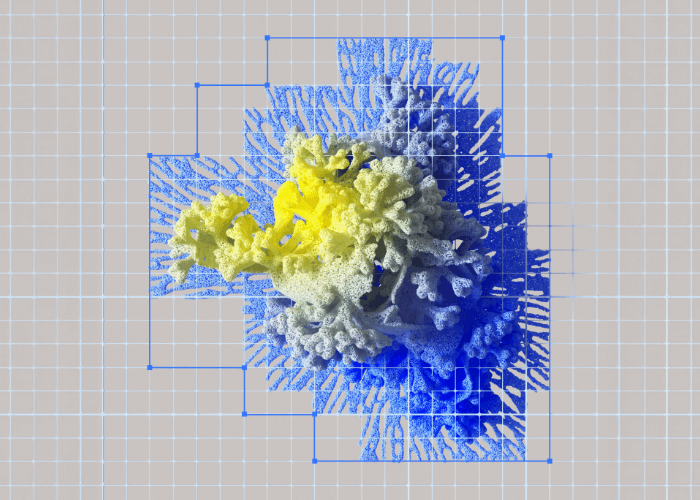Artificial Intelligence (AI) is rapidly growing, and businesses are adopting the technology to perform tasks that were once exclusive to humans. AI has been demonstrating its capabilities in various areas, such as customer service, financial analysis, and chatbots. However, one area in which many people believe AI won’t replace humans anytime soon is social media and content creation.
The use of AI in social media is primarily concentrated on analyzing data and interpreting it for marketers. However, generating quality content is still a human domain. Even though some AI-generated content pieces show promise in mimicking human writing, they are not perfect. They lack the depth, humor, emotions, and creativity humans can bring into their writing.
A social media post’s success is not just about how well it’s optimized for search engines or how informative it is but also about its ability to resonate emotionally with the audience. People connect with stories and relate to the writer’s personal experiences or opinions shared through their writing. AI lacks the capacity to personalize or add any emotion to its writing. The result is a piece of content that is dry, unemotional, and robotic, and doesn’t connect with the audience.
Apart from the emotional connection, humans have the ability to craft their writing according to their target audience. They understand what their readers want and create content that resonates with them. AI, on the other hand, works only off algorithms and data sets, which may not always represent a complete picture of a brand’s audience.
Furthermore, branding involves creating a distinct identity and personality for a company. It is all about building an emotional connection with a target audience by consistently communicating the company’s values, vision, and message through every touchpoint. AI may create data-driven advertising campaigns or social media posts, but they lack the human insight that helps to build an emotional bond between the company and its customers.
Branding is a long-term strategy that requires constant monitoring and adaptation based on changing trends and consumer preferences. While machines may learn quickly and keep up with changing data, they lack the ability to adapt to unexpected changes, which may alter the audience’s perception of the brand. Human expertise is required to make quick decisions to maintain brand loyalty during a crisis or market change.
In conclusion, while AI may assist in creating content and social media analysis, it cannot replace the human element of storytelling and relationship-building. Humans bring a mix of creativity, emotion, and personalization that machines cannot match. AI may help identify a brand’s target audience and their interests, but it cannot replicate the warmth and friendliness that comes with personalization. Therefore, companies need a team of skilled humans who can work alongside the machines to craft compelling messages and create brand identities that resonate with their customers. AI is undoubtedly a powerful tool, but it will not be able to replace human input when it comes to branding and content creation.
Disclaimer: This text was generated using an AI tool.
So, how did it do? We actually want your insights and opinions, especially if you had a chance to look through our other posts, get acquainted with our brand voice, humorous commentary, and the whole _andunicorns thing we have going on.
Does it feel like we are communicating this message? Does it match the energy we are putting into every post we create?
Does it compete with our expertise in the field? Does it engage, inform, and successfully get the message across?
Does it replace us?
We believe that brand voice is important to maintain when creating content, regardless of the medium chosen. You have to be consistent, know the targeted audience, and position your messages accordingly. So, even if AI can generate a text using our provided keywords and the idea we want to convey, it still lacks that one key item – us
We have no complaints regarding the grammar and punctuation, but it still has to be edited, broken up into cohesive sections, and lose all the “furthermore” and “in conclusion”. Even before creation, the topic must be chosen, and the task has to be formulated accurately. Truth is, before settling onto the example you see, we had to reformulate the task three times for the AI to understand what it is that we want. A slight mistake, for example, choosing a different word – “feature” instead of an “article” – can make all the difference in the world because AI takes the meaning literally.
And it still got a few things wrong.
So, while it is a great tool to get started, if you don’t have funds for a copywriter to write blog articles or social media posts, it has to be managed by a human being. Or a managerial entity, if you will.
Will AI tools replace copywriters in the future? Maybe, if the algorithm keeps getting updated.
But for now? You wish.

